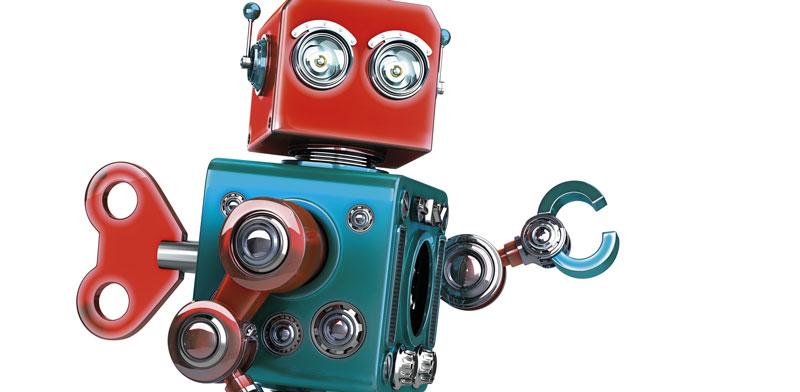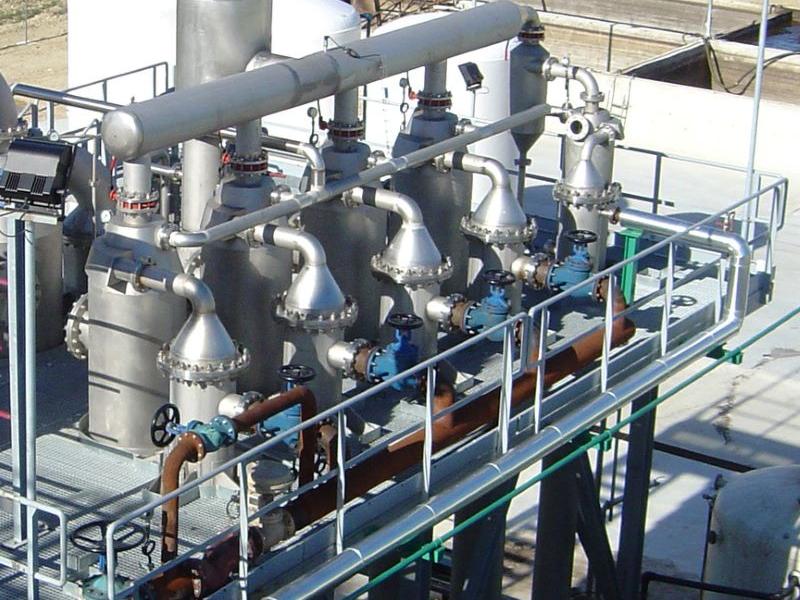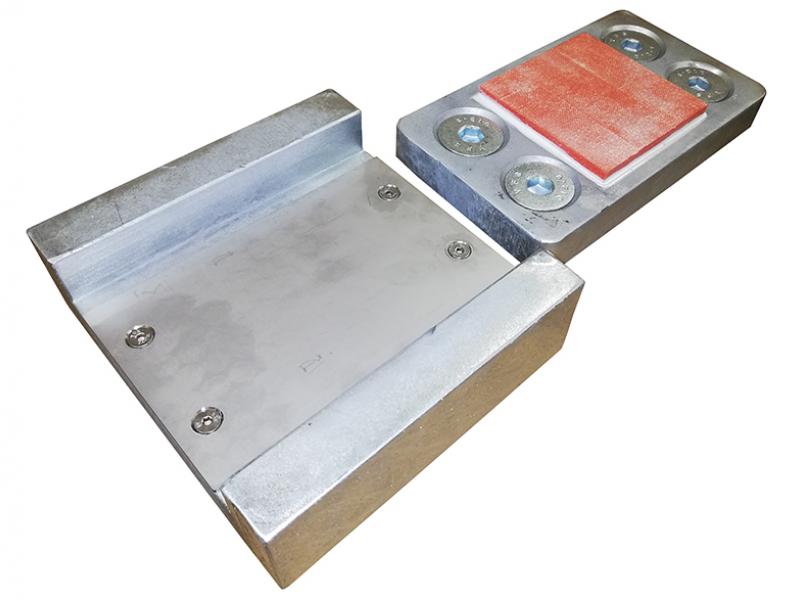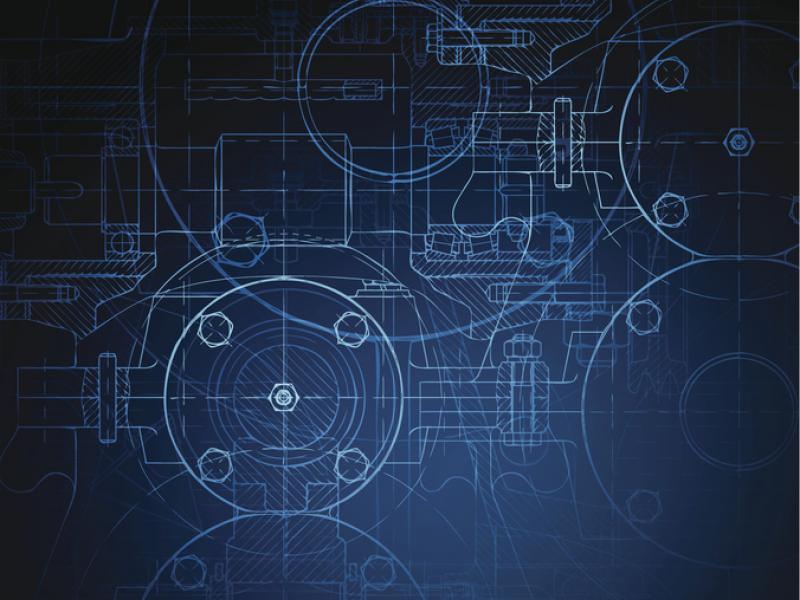The World Robotics Report 2016 recently released by the International Federation of Robotics (IFR) forecasts that compact, user-friendly collaborative robots will become a key driver in the automation market. The report predicts the worldwide annual sales of industrial robots to increase by at least 13 percent on average per year from 2017 to 2019. Human-robot collaboration will have a breakthrough in this period, enabling robots and humans to work safely side-by-side without any fences, while increasing production efficiency and quality.
“As the market leader of the cobot industry, Universal Robots welcomes the report which confirms the validity of our mission: lowering barriers and enabling automation in areas previously considered too complex or costly,” said Chief Commercial Officer of Universal Robots, Daniel Friis.
“Our installed base of more than 10,000 cobots worldwide illustrates the dramatic growth potential of this game-changing automation technology. We enable small and medium-sized enterprises to optimise their competitiveness on the global stage with an industry leading payback period.”
Industries predicted by IFR to adopt cobots at an increasing rate include automotive, the plastics industry, electronics assembly and the machine tool industry. These are all sectors where Universal Robots is seeing strong traction.
“UR robots are now increasingly deployed on the auto assembly line, working hand-in-hand with employees, by relieving them of ergonomically unfavourable tasks. We have recent case studies documenting how cobots quadrupled injection moulding production, (Q CODE2) and how our new UR3 table-top robot is now a sought-after automation tool for light assembly, such as circuit board handling,” said Friis.
In Australia and the Asia region in particular, strong, continued robot growth is forecasted by IFR, with the recent report suggesting a rise of 18 percent in robot supplies this year, while installations are expected to rise by 15 percent. However, China is predicted to remain the main driver of robot growth, expanding its dominance with almost 40 percent of the global robot supply being installed in China by 2019.
“The Asian and APAC regions are a strong focus area for Universal Robots. We opened a Shanghai subsidiary in 2013 and are constantly expanding our distributor network in the regions where customers are increasingly using our cobots to optimise product quality and automate repetitive tasks that many manufacturers have difficulty staffing with manual labour,” said Friis.
According to Friis, the demand for consumer goods across global markets is pushing manufacturers to produce innovative, high-quality products more quickly, consistently, and sustainably around the world.
“To support the growing demand for flexible cobot solutions, Universal Robots recently launched Universal Robots+, an online showroom for end-effectors, software, peripherals and accessories from the UR ecosystem of third-party developers that are optimised to work flawlessly with UR robots. This allows UR’s integrators, distributors and customers to hit the ground running when completing their next UR robot installation,” said Friis.
Complementing Universal Robots+, is the new UR Academy, which includes free e-learning modules available to all that make up the basic programming training for UR robots. This includes adding end-effectors, connecting I/Os for communication with external devices and setting up safety zones. Universal Robots expects the initiative to help support Industry 4.0.
“It’s unprecedented in the industry to provide hands-on interactive teaching modules available for free with no licensing required. The Academy offers an instrumental tool in helping us educate the market on how our technology can address key business challenges. As Australia faces widening skills gaps reported across the agricultural, manufacturing and medical technology industries, educating future operators and programmers now to bridge this gap becomes even more important,” said Friis.
Find The World Robotics Report 2016 on www.ifr.org






